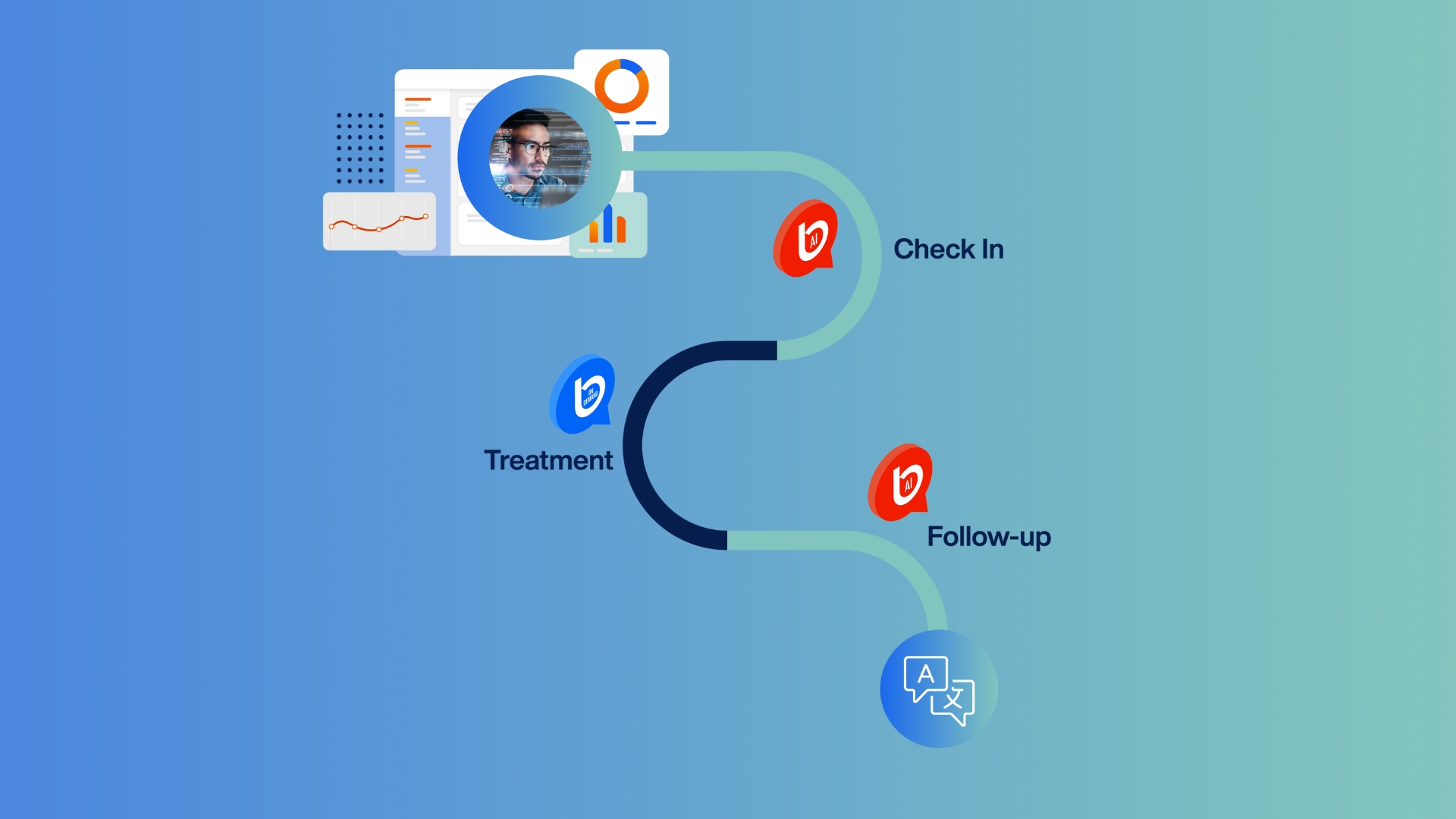Employees from different cultures keep operations running smoothly in manufacturing, logistics, and healthcare. Yet despite their importance, they often face barriers to full engagement due to language differences. When communication breaks down, it impacts safety, morale, and productivity.
At Fullscript, a health-focused fulfillment center, employees speak a range of languages aside from English, including Spanish, Lao, French, and Italian. To support effective communication across their workforce, the HR team partnered with site leaders to implement Boostlingo’s on-demand interpreting tools—enabling 1:1 conversations between managers and employees in their preferred languages. HR translated benefits documents into multiple languages, resulting in a 23% increase in Open Enrollment participation.
This article covers how HR can support companies with diverse teams, using communication strategies, and scalable language technology.
Learn more about our collaboration with Fullscript.
Understanding the Communication Gap
Managers on the front lines often lack the tools and training to effectively communicate with multilingual teams. Many resort to informal workarounds like pulling bilingual staff from their ongoing tasks or relying on translation apps which can lead to errors, delays, and confusion. These workarounds might seem helpful at the moment, but they reduce productivity and can create additional bottlenecks.
When messages don’t land clearly, misunderstandings can cause missed deadlines, safety issues, and employee frustration. Language gaps also contribute to lower engagement scores and higher turnover. As workforces grow more linguistically diverse, solving this challenge is essential.
Equipping Site Leaders to Speak to Employees in Their Language
HR teams are uniquely positioned to support site leaders in overcoming language barriers. By setting expectations for communication in multiple languages and providing scalable tools, HR can help managers lead with confidence.
In Fullscript’s case, HR introduced Boostlingo to give managers immediate access to qualified language interpreters at the touch of a button. The result? Faster communication, fewer misunderstandings, and stronger connections between managers and their teams. They noted:
“Our team members at the distribution centers are now able to communicate with site leaders, people & culture, and safety teams without a translator, whenever they need to.”
Tools To Bridge the Language Gap
Equipping site leaders with the right tools makes all the difference. Consider these solutions:
- Interpretation Services: For important conversations where nuance and accuracy are important, site leaders can connect to a professional interpreter in seconds with this software.
- Live AI Translation: For low stakes, everyday communication—real-time AI translation support helps managers deliver updates, instructions, and safety messages quickly.
- Translation Services: Document translation for policy updates, benefits information, and other important communication.
Fullscript used these tools during team huddles, training sessions, and operational briefings. This ensured Spanish-speaking employees could participate fully and safely. Similarly, Kito Crosby, a global manufacturer with multilingual teams across facilities, implemented Boostlingo solutions to improve safety communications and reduce miscommunication risks in high-impact environments. Their approach demonstrates how language access can scale across large operations to support both people and productivity.
Training and Coaching Site Leaders
Technology is essential, but training is just as critical. Site leaders need coaching on how to:
- Use plain language—especially when providing safety instructions or operational updates. For example, when sharing procedures during a shift change, pair your message with AI live translation for key terms in real time.
- Avoid idioms and slang that may confuse non-native speakers during onboarding or team meetings. When clarity matters, such as introducing new roles or expectations, use tools like on-demand interpreting to ensure everyone fully understands.
- Check for understanding after delivering critical information such as schedule changes or policy updates. Site leaders can use video or phone interpreting to confirm details and answer follow-up questions.
- Leverage visual aids during training sessions or when explaining complex processes. Pair visuals with AI-powered translation or scheduled interpreting to support comprehension and reinforce key messages for all language groups.
Site leaders can receive hands-on training alongside the tech rollout. This combination helps build inclusive habits and improve day-to-day communication.
Measuring Impact and Driving Engagement
To know if your strategies are working, track the following with an annual culture survey
- Retention and satisfaction scores by language group
- Multilingual feedback participation
Track participation in benefits programs after translating them into your workforce’s preferred language or native language. Track policy understanding and adherence after translating them.
Use these insights to refine your programs and celebrate progress. Language access is an ongoing strategy for equity, engagement, and performance.
HR Language Partner
HR teams have a powerful opportunity to lead inclusive transformation at the ground level. By equipping site leaders with the tools, training, and policies to engage multilingual employees, you create a safer, more connected, and more productive workplace for everyone.
Need help getting started? Boostlingo offers interpretation and translation solutions that scale with your organization. Request a demo and start building a workplace where language brings people together.



